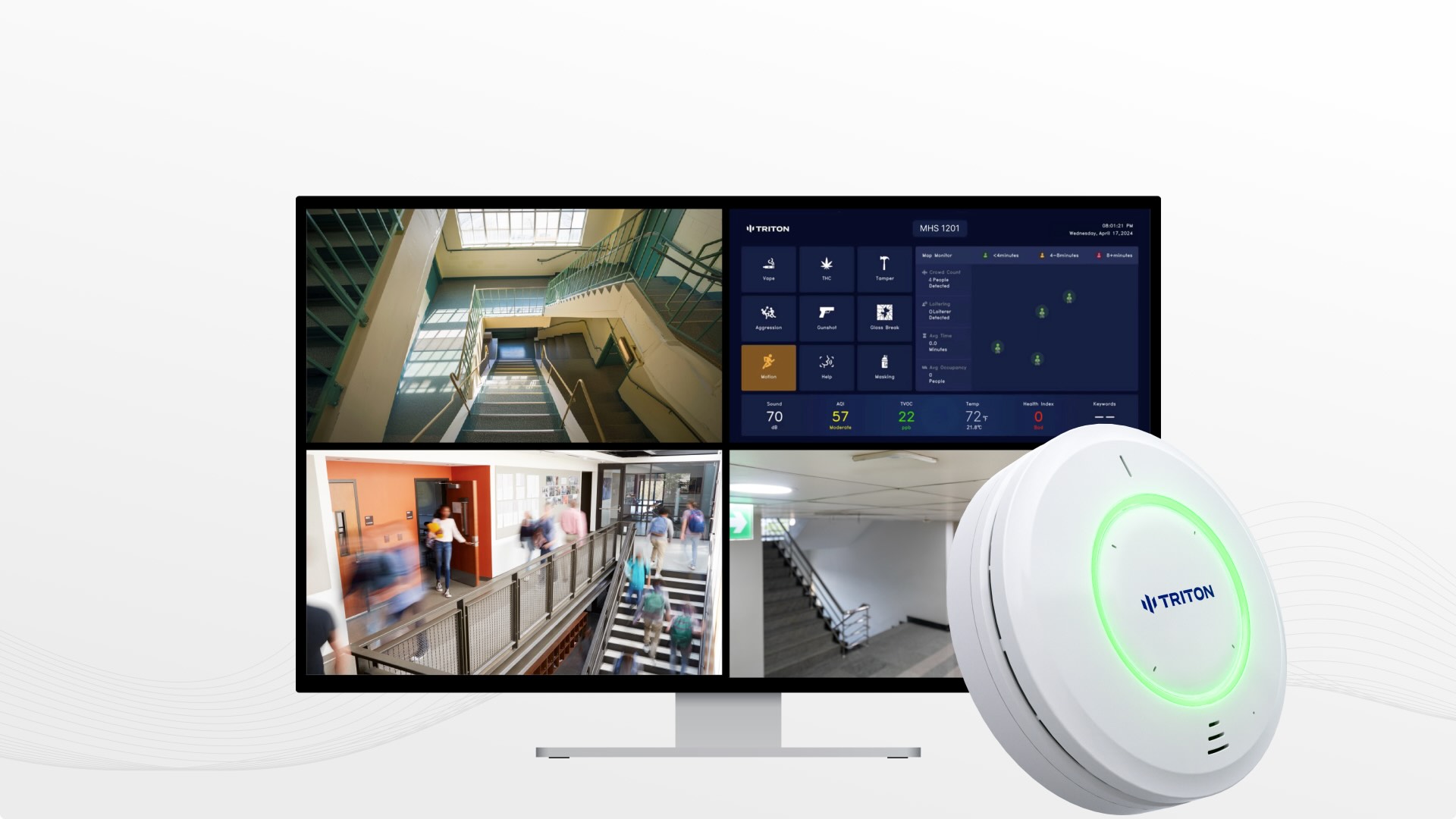In the past, e-cigarettes seemed unstoppable inside schools. Students would sneak into bathrooms during classes, and flavored nicotine and THC vapors left no trace. Administrators and teachers felt helpless until districts decided to implement a vape detection system.
Today, schools all over the nation are sharing huge successes that demonstrate how technology can help transform the issue of smoking cigarettes.

A Case Study: Reducing Vaping by 83% in 10 Weeks
Luling Independent Schools District had the most serious issue of vaping. Students continued to smoke even despite repeated warnings and stricter rules. The traditional smoke alarms weren’t effective against vapour. And staff couldn’t be everywhere.
In a test for the district, they installed vape detectors in schools during March. The results were impressive. Within five weeks, instances of vaping had dropped noticeably. In the 10 weeks following smoking cigarettes had decreased by a staggering 83%..
The success of administrators exceeded the numbers. Teachers were less disruptive, and students were aware that smoking cigarettes wouldn’t be a secret.
Match Charter Schools also enjoy similar successes
Another powerful example comes from Match Charter Schools, which struggled with both high and middle school vaping. When they deployed a set of smoke detectors to detect vape in August, the effect was instantaneous.
In December, only 4 months following the first report, administrators revealed an 80percent decrease in vaping incidents. Parents applauded the school for taking steps to safeguard pupils, and teachers reported an obvious decrease in bathroom and hallway crowding.
Both districts are part of a rising trend. Schools that have adopted vape detection experience measurable improvement in both behavior and safety.
What is it that makes vape detectors efficient?
This technology is at the heart of the results. Modern vape detectors are more than simply detect the presence of vapor. They also keep track of conditions of the air, including occupancy levels, as well as send staff alerts in real time. Administrators don’t have to rely on guesswork, or reports made up of data that was gathered after the fact.
Detectors have also been designed with privacy in mind. No cameras. No audio recording. Instant, accurate data is all that’s needed to help schools make quick decisions without compromising the rights of students.
This combination of effectiveness and compliance makes vape detectors one of the most practical safety tools schools can adopt today.
The Safety Net Expands Beyond Vaping
Many managers are aware that detectors extend beyond smoking prevention. Advanced systems can detect loud noises, keyword triggers linked to emergency situations, or even vandalism attempts.
For example, if the group is seen to be slooting in a toilet, the detector will flag an unusually high level of occupancy. Staff can be immediately alerted when someone shouts a distress keyword such as “help”. In this way, vape detection devices at schools are a part of an overall safety program that addresses health risks as well as the possibility of violence.
Parents and Boards are in support of Vape Detectors
A benefit that is often overlooked is the confidence that results from transparency. Schools using detectors can produce reports that clearly demonstrate trends in vaping activity. These reports are then distributed to parents as well as school boards and the public to prove that actionable steps have been taken.
Parents, especially, feel gratified when they observe tangible results. A vape detector doesn’t just catch students. It also safeguards their health and reaffirms the message to them that vaping is not a good idea in schools.
What you should take away What you should take away: A proven way forward
For a long time, vaping seemed as if it was a battle invisible to schools couldn’t take on. But, case studies that were conducted in districts all over the nation prove that it isn’t true. Administrators can identify risks and deter risky behavior in real-time with a vape detector. This helps create an environment that is safer for students.
The vaping epidemic may not be all gone yet however, there’s an improvement. Vape detection technology doesn’t just serve as a reaction to an issue, it’s an opportunity for schools be the first to create making their schools a healthier place for their students.
Conclusion
Schools across Texas and Massachusetts are showing that technology is effective. A modern vape alarm does more than raise an alert. It reshapes student behavior, builds trust and offers an ongoing solution to the biggest health problems facing today’s students. If a school district is serious about safety, vape detectors for schools have become a norm. they’re the standard.